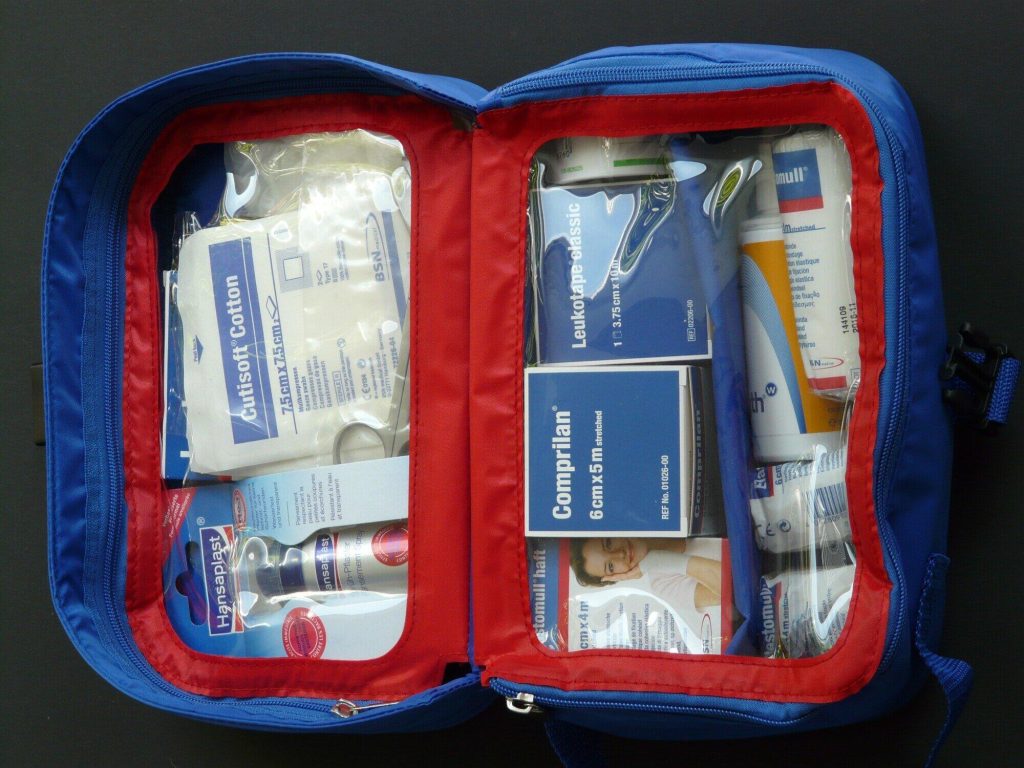Have you ever found yourself in a situation where you or someone you cared about needed first aid, but you didn’t have the necessary supplies on hand? It’s a terrifying and helpless feeling.
That’s why having a well-stocked first aid kit bag is essential for every household, car, and outdoor adventure. But with so many options and items to choose from, it can be overwhelming to know what to include in your kit.
So let’s dive in and get you ready to tackle any bumps, bruises, or scrapes that life may throw your way.
1. Variety of Bandages
From minor cuts to more serious wounds, bandages are crucial in protecting and promoting healing. It is important to have a variety of sizes, shapes, and types of bandages to accommodate different types of injuries. For small scrapes and cuts, adhesive bandages or band-aids are perfect while larger wounds may require gauze and medical tape.
Having a selection of bandages also allows for proper wound care and preventing infection. No first aid kit is complete without a variety of bandages to ensure proper treatment for any injury.
2. Antiseptic
Whether you are building your kit for personal use or a group or organization, antiseptic plays a vital role in preventing infection and promoting healing for minor wounds and cuts. It works by killing bacteria and preventing it from entering the body, which can lead to more serious infections.
Antiseptic can come in various forms such as wipes, sprays, or creams, making it easy to use and carry in a first aid bag. Its effectiveness and versatility make it an essential item in building your own first aid kit bag.
3. Pain Relievers
One of the most essential items to have in your first aid kit bag is pain relievers. Injuries and unexpected illnesses can strike at any time, causing discomfort and pain. Pain relievers, such as ibuprofen or acetaminophen, can provide immediate relief and make the situation more bearable until proper medical help can be sought.
Not only do pain relievers reduce physical pain, but they also help reduce fever and inflammation. Whether you are camping, traveling, or at home, having pain relievers in your first aid kit bag ensures that you are prepared for any discomfort that may arise.
4. Emergency Phone Numbers
One of these items is a list of emergency phone numbers. In case of an emergency, having the necessary phone numbers readily available can be life-saving. Whether it’s calling for an ambulance or reaching out to a family member for help, having these numbers on hand can make all the difference.
Additionally, having access to CPR skills can further improve your ability to handle medical emergencies. Be sure to incorporate this important training into your emergency preparation by signing up for a CPR skills session on this page now.
Learn Essential Items to Include for First Aid Kit Bag for Your Peace of Mind
Having a well-stocked first aid kit bag is vital for any emergency. By including essential items such as bandages, antiseptic wipes, and cold packs, you can be prepared for any minor injuries that may occur. Don’t wait until it’s too late, start building your first aid kit today and ensure the health and safety of yourself and those around you.
Stay safe and stay prepared! Don’t forget to regularly check and replenish your supplies. Your future self will thank you.
Looking for more tips and advice? You’re in the right place! Make sure to bookmark our page and come back to check out more interesting articles.

